A large part of overhead for many businesses revolves around customer acquisition and reducing customer churn. That includes marketing dollars, operational costs, software, payroll, process improvement, and more.
Research has shown that reducing customer churn by a mere 5% can increase your profits by 25-125%. Joshua Paul
Socious
That’s because your existing customers are worth far more than new customers, and in most cases, it’s easier to sell to a customer when there’s an established relationship. In fact, for many businesses, more than 70% of revenue comes after that initial sale.
Often the greater share of costs is in combating customer churn. It’s a widespread problem that virtually every business suffers when you have a subscription based service or business model that relies on returning customers. In one study from McKinsey, it was estimated that if the average U.S. wireless carrier could reduce customer churn they could increase earnings by as much as 9.9. That kind of improvement isn’t limited to that industry, so it’s no surprise that executives indicate that customer retention is a number one marketing priority.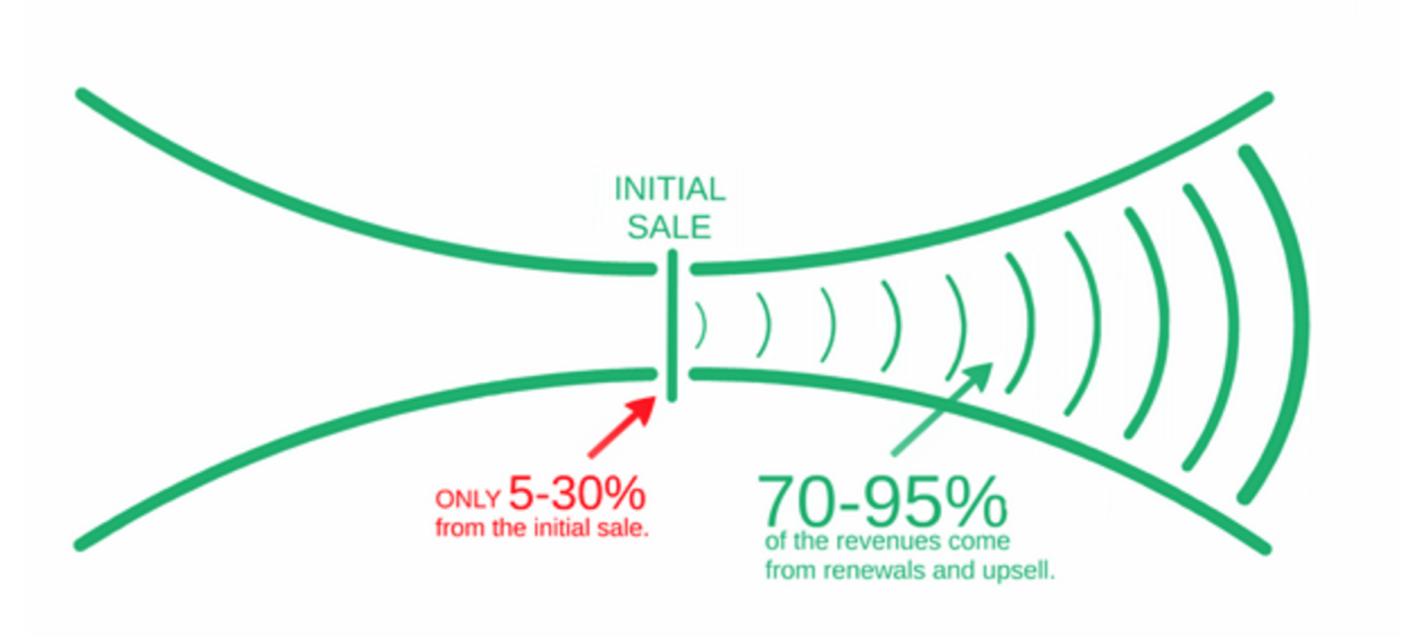
Reducing customer churn and increasing customer retention go hand in hand. If you want to reduce customer churn, you can’t just throw money at your marketing budget and hope to satisfy your customers. It’s not about visibility; it’s certainly not about price. According to a study from MasterCard, it has a lot more to do with failure in service.
The Top Causes of Customer Churn
Failures in service happen every day at various levels throughout a company. It doesn’t just fall on your customer service team. Uncovering those failures can be difficult; for every customer who lets you know about a problem, there are 26 customers who don’t say a word.They simply pack up and move on.Here are 6 areas where service failures are most common, contributing to the bulk of your lost customers:
- Poor customer onboarding
- Ineffective nurturing/relationship building
- Poor sales approach – overselling
- Lack of communication
- Poor customer service
- Weak customer marketing
In many cases, these failures in service can be traced back to human error, often as a result of poor workflow or process management. When employees fail to address an issue or progress the customer to the next phase in their journey, that’s a business process failure. The same can be said when no process exists at all. Creating approval processes and managing your workflows more efficiently is one the best ways to eliminate problems before they arise and reduce customer churn. It’s not always the answer, and an approval workflow won’t ever reduce your churn 100%. You still need to look at the source of the churn and find ways to improve your operations as well.
How to Reduce Customer Churn at the Source
In 2013, Groove had a problem. They had a 4.5% churn rate that meant their growth wasn’t really sustainable. The larger problem was that they had no idea why customers were quitting the service. The company began researching the behavior of their users. As a result of that research, they found red flag metrics that pointed to distinct behaviors that correlated with users who were at risk of churning.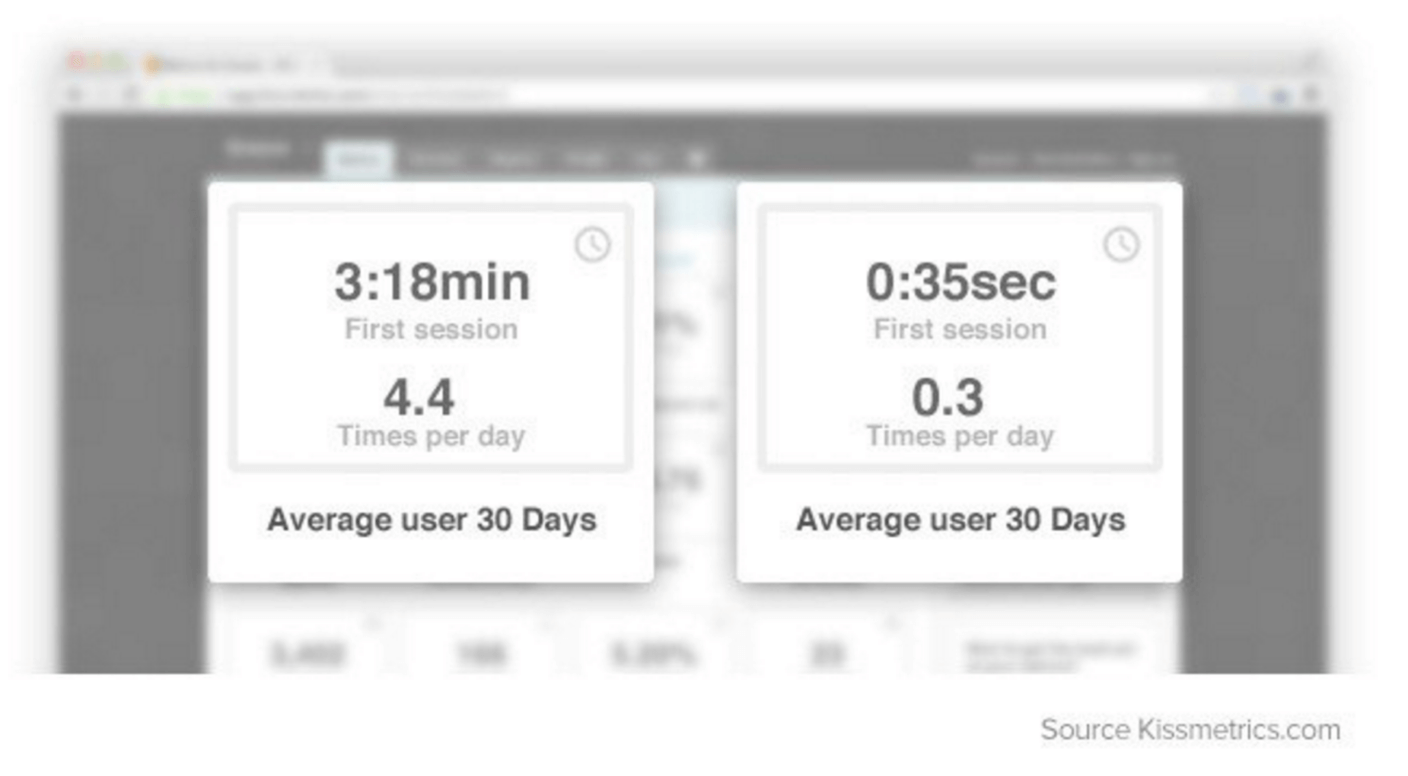
Onboarding
Research has shown that successful employee onboarding programs lead to happier, more productive employees that tend to stay longer with a company. The same concept applies to your customers. B2B companies can easily drop the ball in onboarding when approval processes aren’t placed to ensure materials and communications reach the customer appropriately once a deal has been closed. That onboarding process is critical – 40-60% of users who sign up for a service or SaaS application will use it once and never return. Without strong onboarding, they’re gone forever. Some companies have no onboarding process or workflow at all which will cost you a substantial amount of customers. You can expect your audience to “get it” from the beginning. An approval process moves them toward the benefit of your product or service as quickly and efficiently as possible. Patrick McKenzie had to tackle an onboarding problem with Bingo Card Creator, a platform for school teachers to use a list of words to create classroom learning aids. Unfortunately, there was a 5% drop-off between teachers who entered the funnel and teachers who actually used the platform. 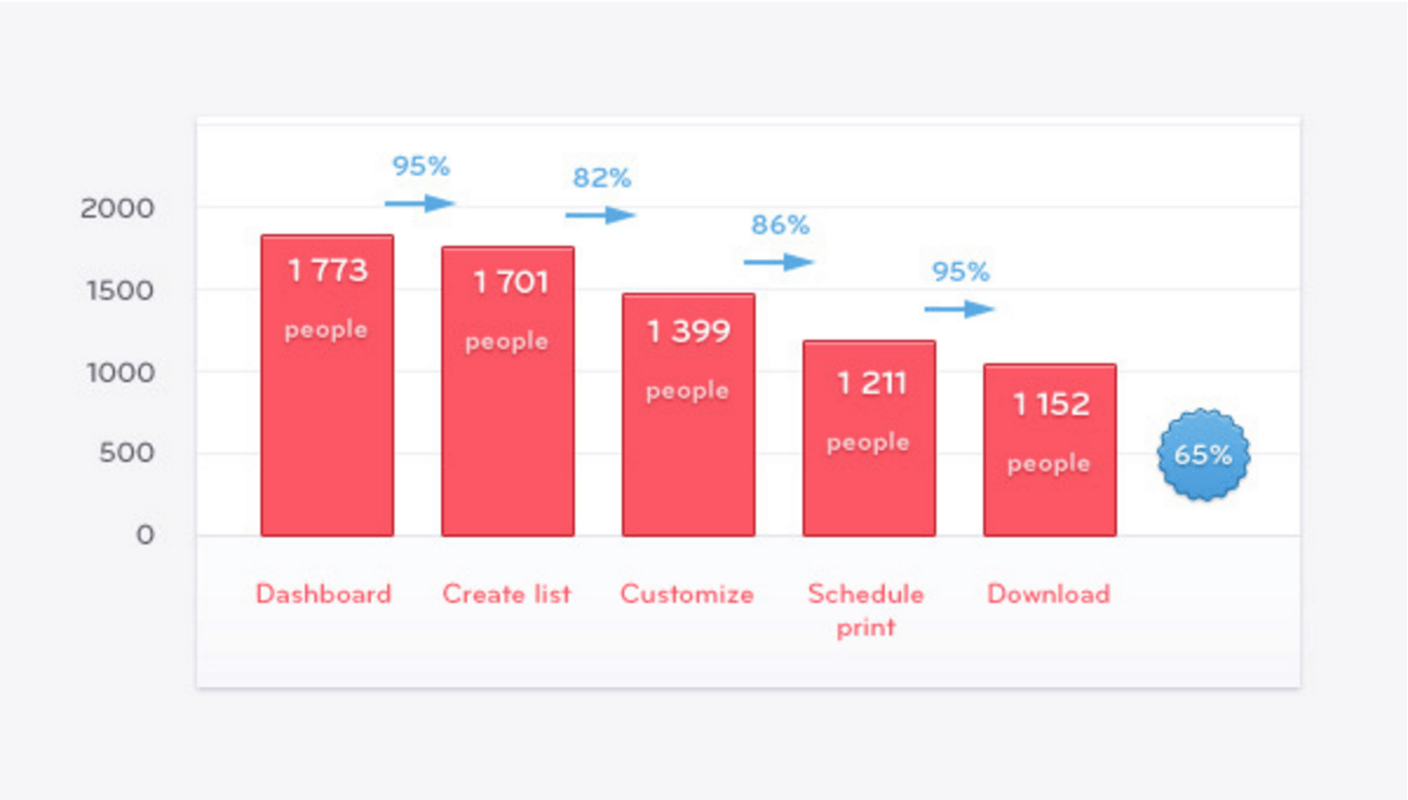
Relationship building
We know that churn happens for a number of reasons, and customer cancellation is the last part of a process that began much earlier in the customer’s lifecycle. With every customer that walks away, there are signals that point to a danger of churn, but that churn can be reduced when efforts are made to reinforce the relationship with customers. 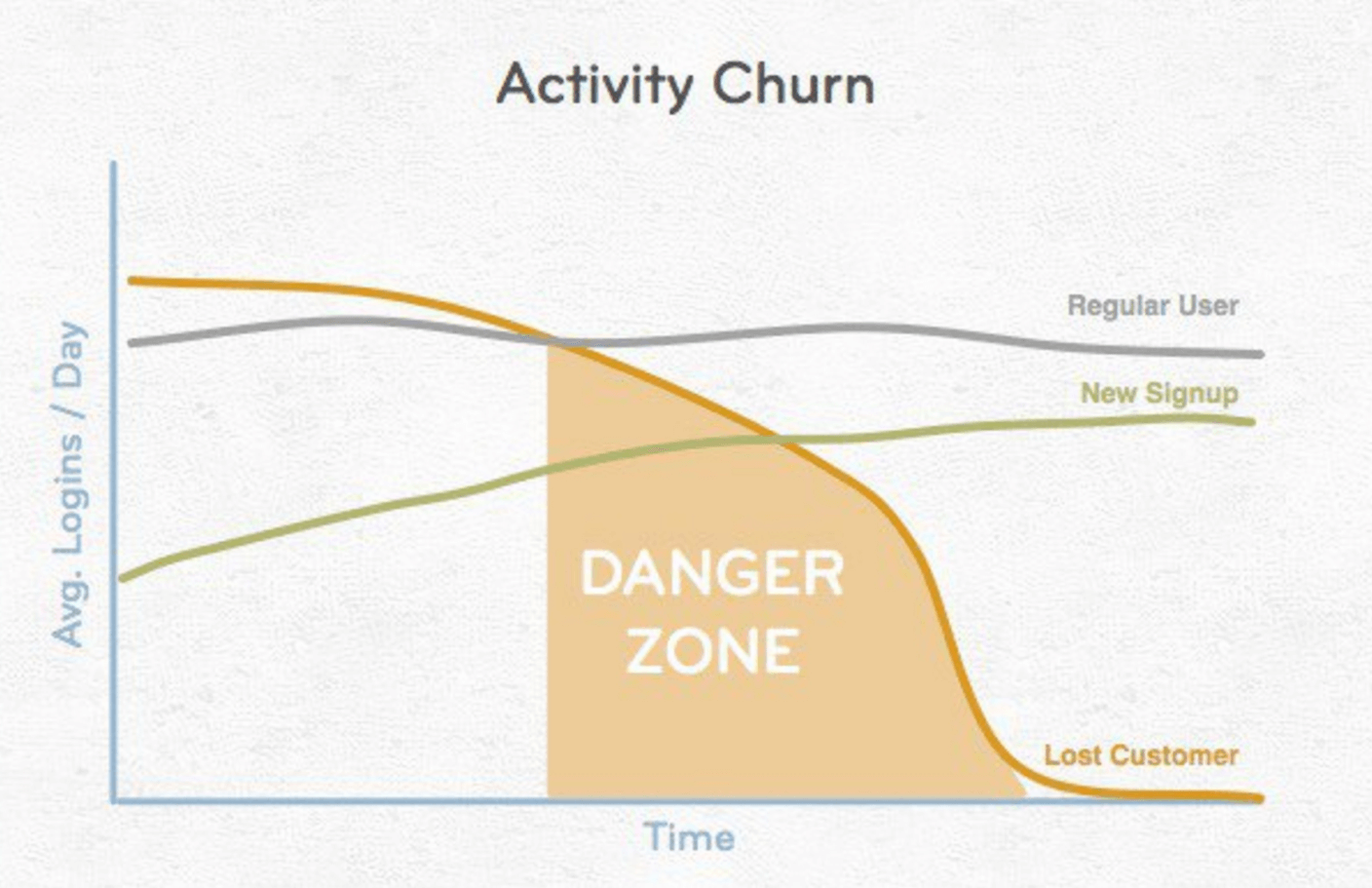
Overselling
Existing customers have substantial value to your company, but one of the fastest ways to drive churn is through overselling additional products and services. This is made worse when customers are flooded with automated emails pushing products or engagement. This is one of the easiest issues to fix with a little research. Study your audience and current customers to define their habits and purchase decisions over the customer lifecycle. With this data, you can create an approval workflow and documented sales process to ensure existing customers aren’t spammed over oversold by your team.
Communication
Communication can be difficult to track, especially if its spread across multiple mediums at your company like email, chat, social, telephone, etc. Failures in communication happen all to often with customers waiting for responses, issues being mishandled or lost, and failures in follow-up. Failures of this kind can destroy the relationship with even your most loyal customer. HubSpot wanted to reduce churn, as their data showed a large volume of customers that weren’t completely happy. Because churn is a complicated metric, Hubspot created a Customer Happiness Index as a means of scoring the health of a customer. To them it wasn’t good enough to keep customers; they also wanted to ensure they were happy.Part of their process for ensuring happiness was stepping up communication. They implemented a program where any new customers that signs up is assigned an Inbound Marketing Consultant who assists them with software implementation and works with them for the first few months of being a HubSpot subscriber.Regardless of age or experience, each customer receives a personalized monthly account review to help them get the most out of their subscription. This process for communication allowed HubSpot to reduce churn, keeping around 33% of previously unhappy customers.Every company has opportunities to improve their communication. Examine your own customer communications and find ways to refine your process to deliver more value to your customers.
Customer service
When a customer has a problem, they want their problem resolved. They don’t care about the problems of other customers. They want to know that you’re going to meet their needs individually.When you fall short in customer service by failing to resolve issues in a timely manner you risk losing that customer for good. Mention, a SaaS that helps companies monitor their brand in real time, had a problem with customer service that was sending customers rushing for the door.
Their growth skyrocketed from a few hundred users to more than 200,000 and as a result support and communication quickly became overwhelming.To combat the churn and streamline their communication, the company created processes that prioritized clients based on value. They also created a batch process for handling tickets, with segmentation by time zone, rather than trying to manage them as they came in. 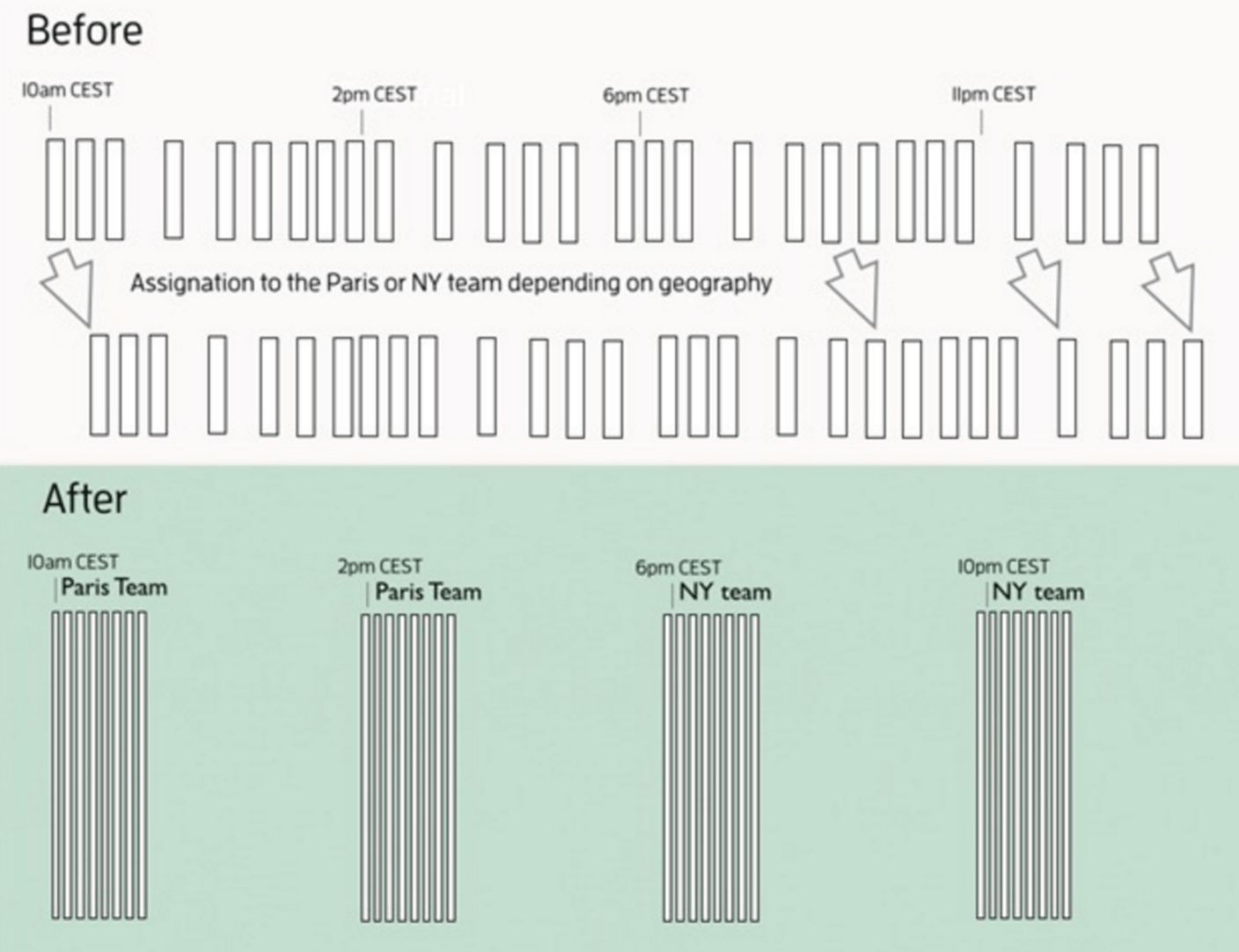
Weak Marketing
Even with a robust funnel that has marketing, media, content and offers mapped to the various stages of the funnel, it’s still possible to lost customers due to weak marketing. Inbound marketing is an important part of winning customers, but it doesn’t stop there.Weak marketing revolves around a failure to provide supportive content and educational material to the customers that buy into your service. Without that post-win marketing, you’re contributing to service failure in a variety of areas including communication and relationship building.The easiest way to combat churn at this level is to create a process as part of your marketing strategy that ties in other teams. This would include marketing efforts such as:
- Supportive content for sales
- Marketing documentation to support customer service
- Engagement and relationship building content delivered through email
- Educational content such as white papers and eBooks for current customers
Part of Mention’s success in communication above involved their marketing team creating a course that communicated concrete examples of how new customers could effectively use Mention’s service.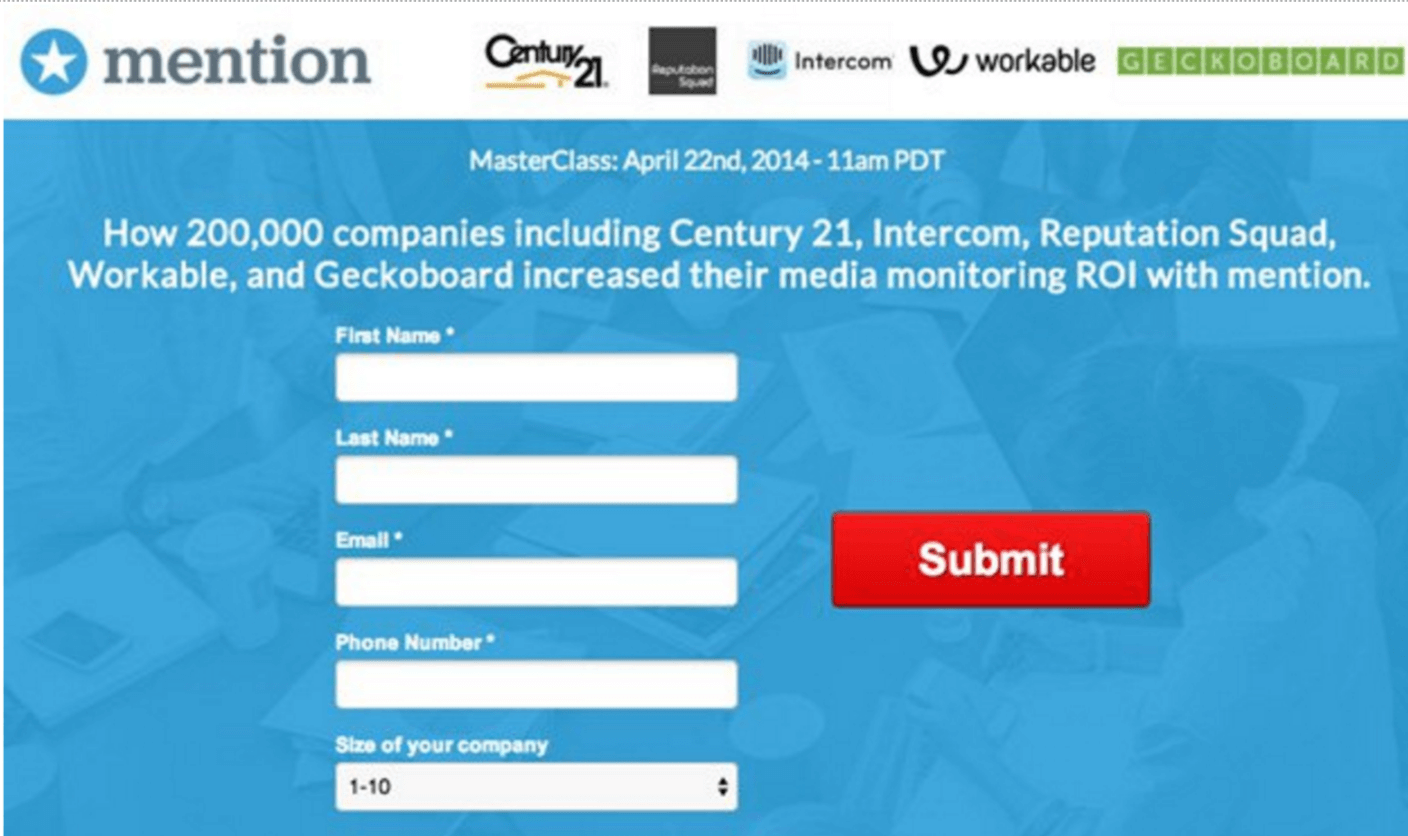
Conclusions on customer churn
Human error is typically accidental, but unintentional actions – or a lack of action – can happen at various stages within your company and dramatically impact the happiness of your customer. When service failures occur it is extremely costly to try to win back those customers or win new customers to replace them. Focus on identifying the causes of churn within your organization so you can be proactive. Creating approval processes and refining your operations will reduce customer churn and lift your revenue as you retain more customers.
If you enjoyed this post and found it useful, let us know in the comment section. Help us spread it by sharing it on LinkedIn, Twitter or Facebook using the links below.

